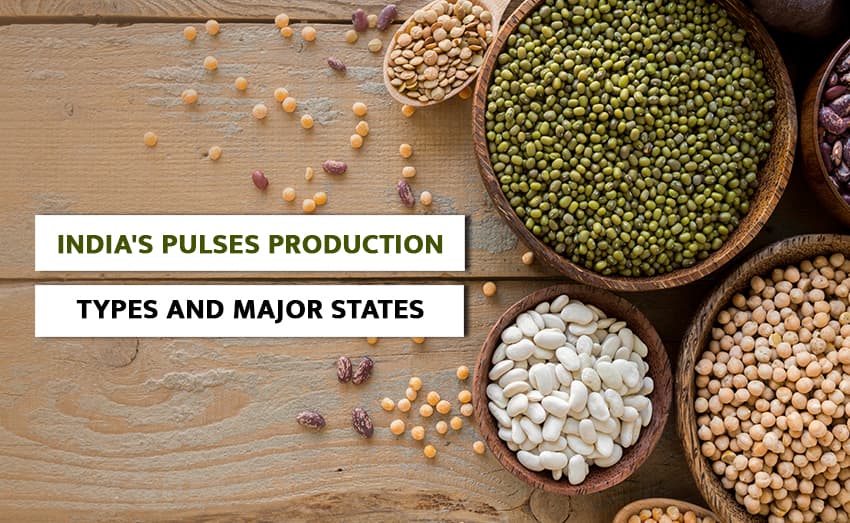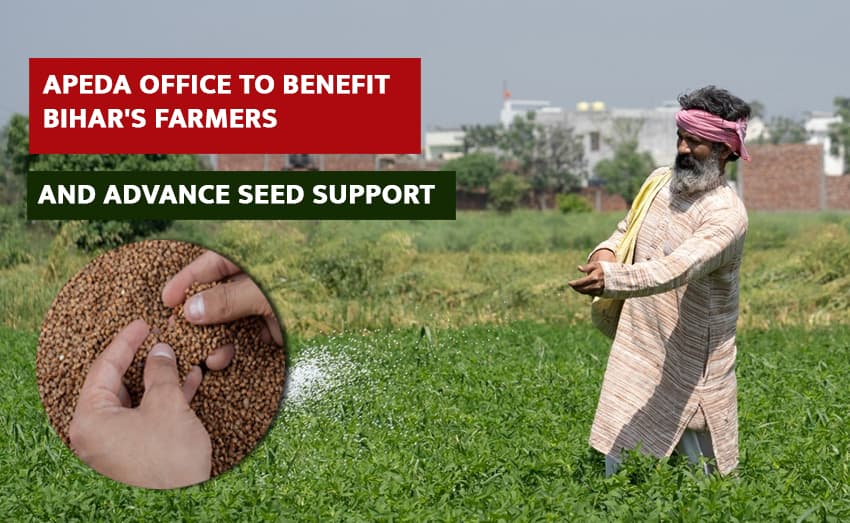How to maximise paddy yields, and how much more you may expect to harvest
On the one hand, the government is concentrating on new agrotechnology in an effort to raise farmers' incomes, while on the other, it is pushing farmers to minimise the cost of cultivation. Training farmers to increase productivity while decreasing production costs Today's farmers face astronomical increases in the price of inputs like fertiliser, gasoline, etc. That's why cutting down on farming expenses is crucial for maximising profits and helping farmers thrive. Here at Tractor Kharido, we've compiled details regarding this organic method for farmers. Farmers may save a lot of money on fertiliser by cutting back on urea, and the resulting rice is better for people's health. Blue-green algae is going to be a big aid to the farmers. Blue-green algae can be grown in fields to provide organic nitrogen for as little as 50 to 100 rupees. Urea costs farmers hundreds of rupees, but using blue-green algae instead is simple and inexpensive.
The Mystery of Blue-Green Algae
Bacteria like blue-green algae can get by on photosynthesis, the same process that keeps plants alive. Another name for it is cyanobacteria. Farmers utilise it because of the plant's ability to "fix" atmospheric nitrogen. By supplying nitrogen to the crops, it lowers the demand for urea. Algae have a unique application in paddy farming.
To what extent will urea be reduced
Not only does growing blue-green algae help conserve urea, but the harvest is produced with minimal use of harmful chemicals. People are becoming increasingly health conscious, driving a surge in demand for chemical-free food. Good urea savings can be expected through this method. According to Dr. Sunil Pabbi, a microbiologist at IARI, introducing these bacteria into the fields can reduce urea use by 40 to 45 kg per hectare. This not only helps conserve urea, but it also enhances agricultural land. As a result, the soil's productivity will rise, and crop yields will rise alongside it because the soil's water-holding capacity and organic power will both improve. Farmers will also benefit from increased market prices for rice grown with this organic urea.
By what percentage will production rise
Blue-green algae are thought to have a significant influence on raising paddy yields. When farmers use this natural fertiliser in paddy agriculture, the earth produces more rice. Increased yields of 10–15 percent are possible for farmers using this method. The use of blue-green algae can increase rice yields from 60 to 65 to 70 quintals per acre, assuming that farmers can produce up to 60 quintals per hectare. This method can increase rice output by about 5–10 quintals. The good news is that these algae can be produced and expanded by farmers out in the field.
The process of producing blue-green algae
The process of making blue-green algae is very simple. Only fields can be used to make it. Please follow these steps:
- Make a pit in an open place where sunlight comes throughout the day. Keep the length of the pit at two metres, the width at one metre, and the depth at 8 to 10 inches.
- Spread a sheet of polythene in the pit, and take 3 to 4 kg of sifted soil from the field and mix it with water.
- Now fill the pit with clean water. Polythene is laid so that water does not go inside the soil.
- Now add 100 grammes of single superphosphate.
- After this, mix 5 ml of malathion in water. This chemical is added so that mosquitoes do not grow due to the freezing of water in the pit.
- When this process is completed, sprinkle 100 grammes of blue-green algae in it and leave it the next day.
- If the water is less, keep giving it.
- In about 6 to 7 days, a thick layer of blue-green algae will start to form.
- Now let the water dry. When the water dries, keep the algae in polythene. And use them in the fields as urea.
- Once the preparation of blue-green algae is done, refill the water in the pit for further production. In this way, the production of this algae can be repeated six to seven times.
- Blue-green algae production can be resumed once the pit has been refilled with water. This method can multiply the output of this algae by a factor of 6 or 7.
















